Food Safety Management Report: Contamination and Foodborne Illness
VerifiedAdded on 2023/02/02
|15
|812
|21
Report
AI Summary
This report on food safety management addresses the critical aspects of preventing physical and chemical contamination in food production. It defines food contamination and its impact on consumer health, emphasizing the importance of safe food practices. The report details physical contamination, including control measures such as hygiene protocols and pest control. It also covers chemical contamination, highlighting the dangers of toxic substances and the need for proper food handling and storage. Furthermore, the report compares food poisoning and foodborne illnesses, listing common illnesses and their characteristics. It then discusses effective strategies to control foodborne illnesses, including proper cleaning, food separation, and cooking at the correct temperatures. The report references several sources to support its findings, providing a comprehensive overview of food safety principles and practices.
1 out of 15
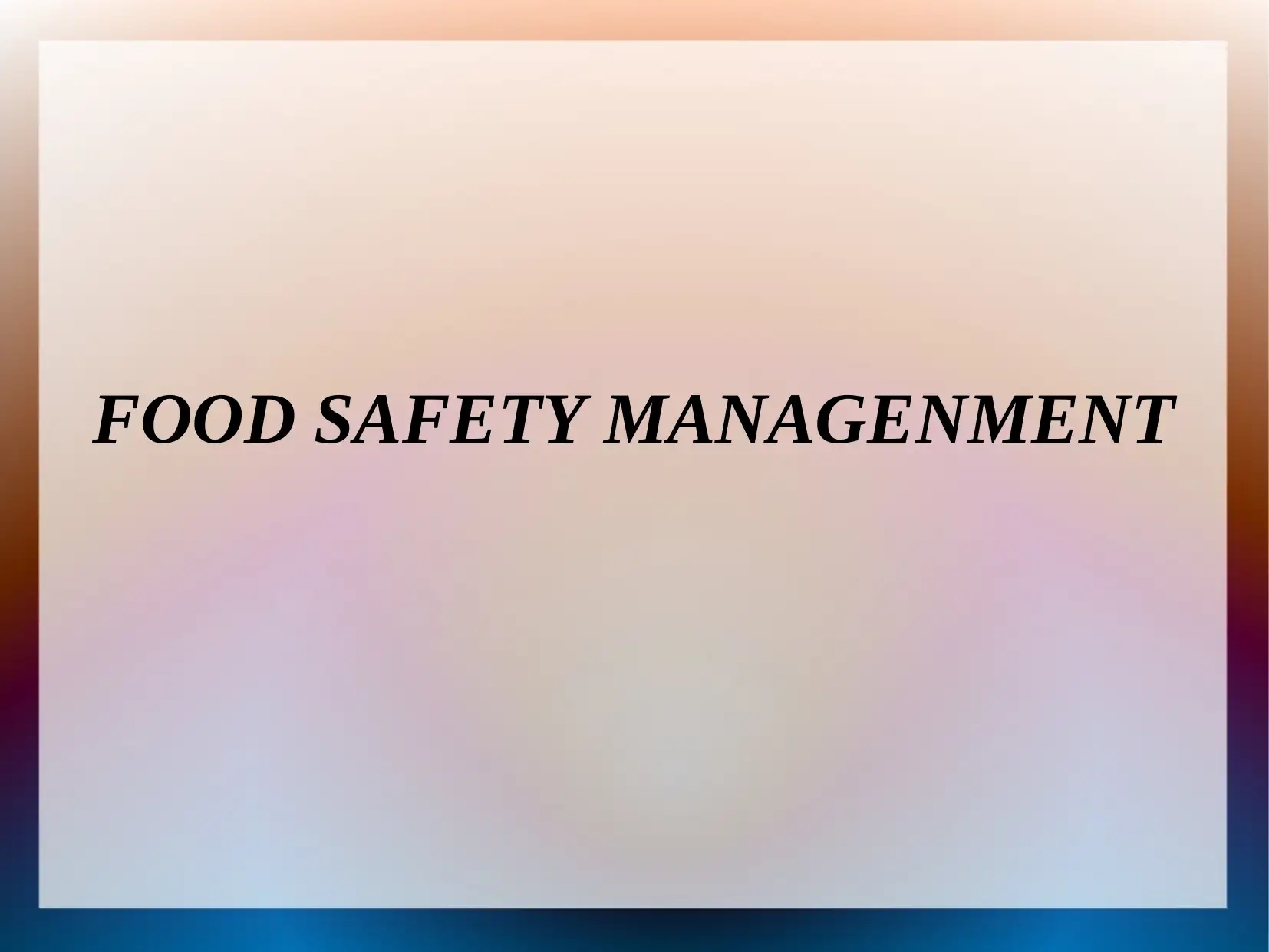
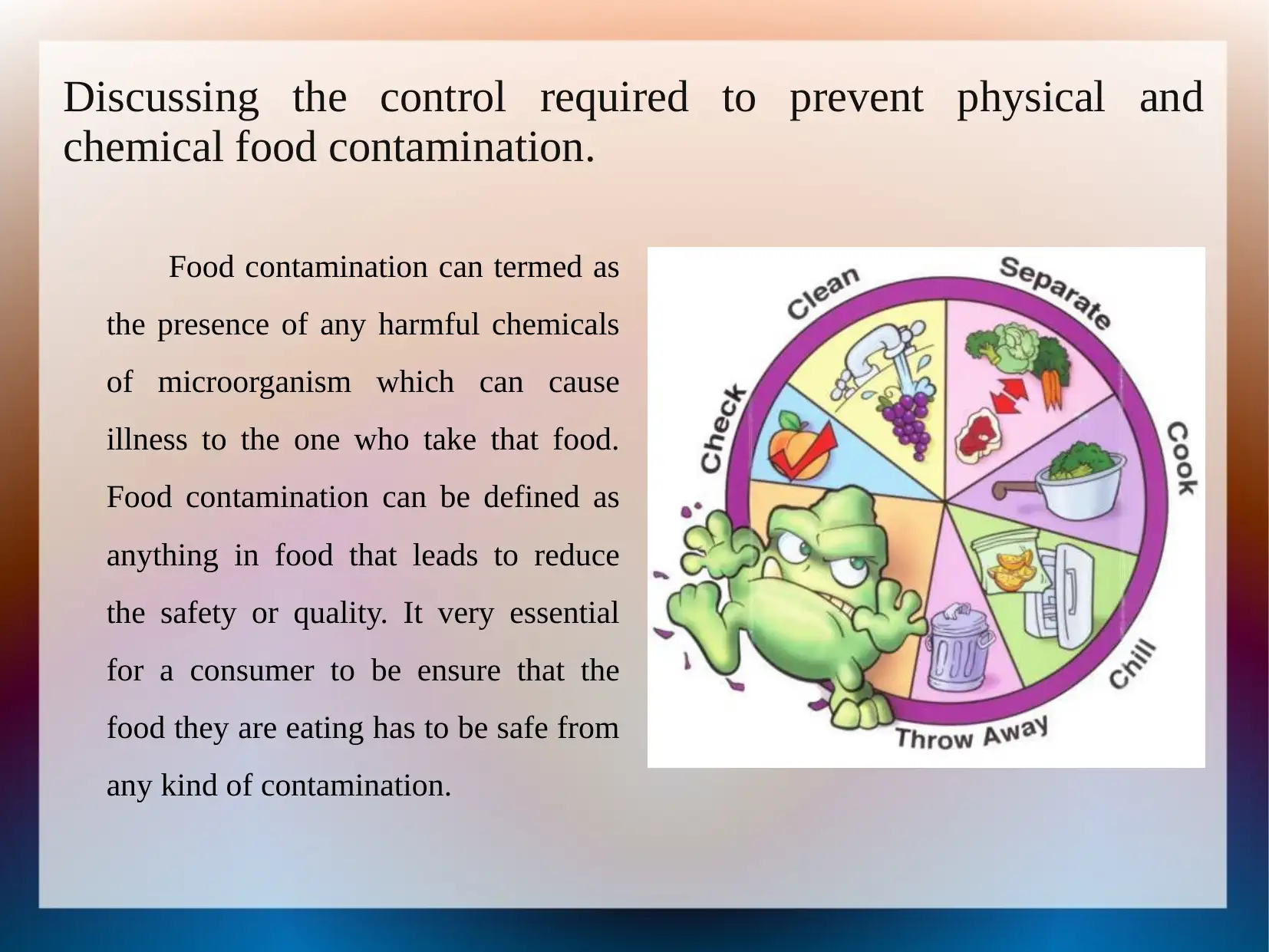
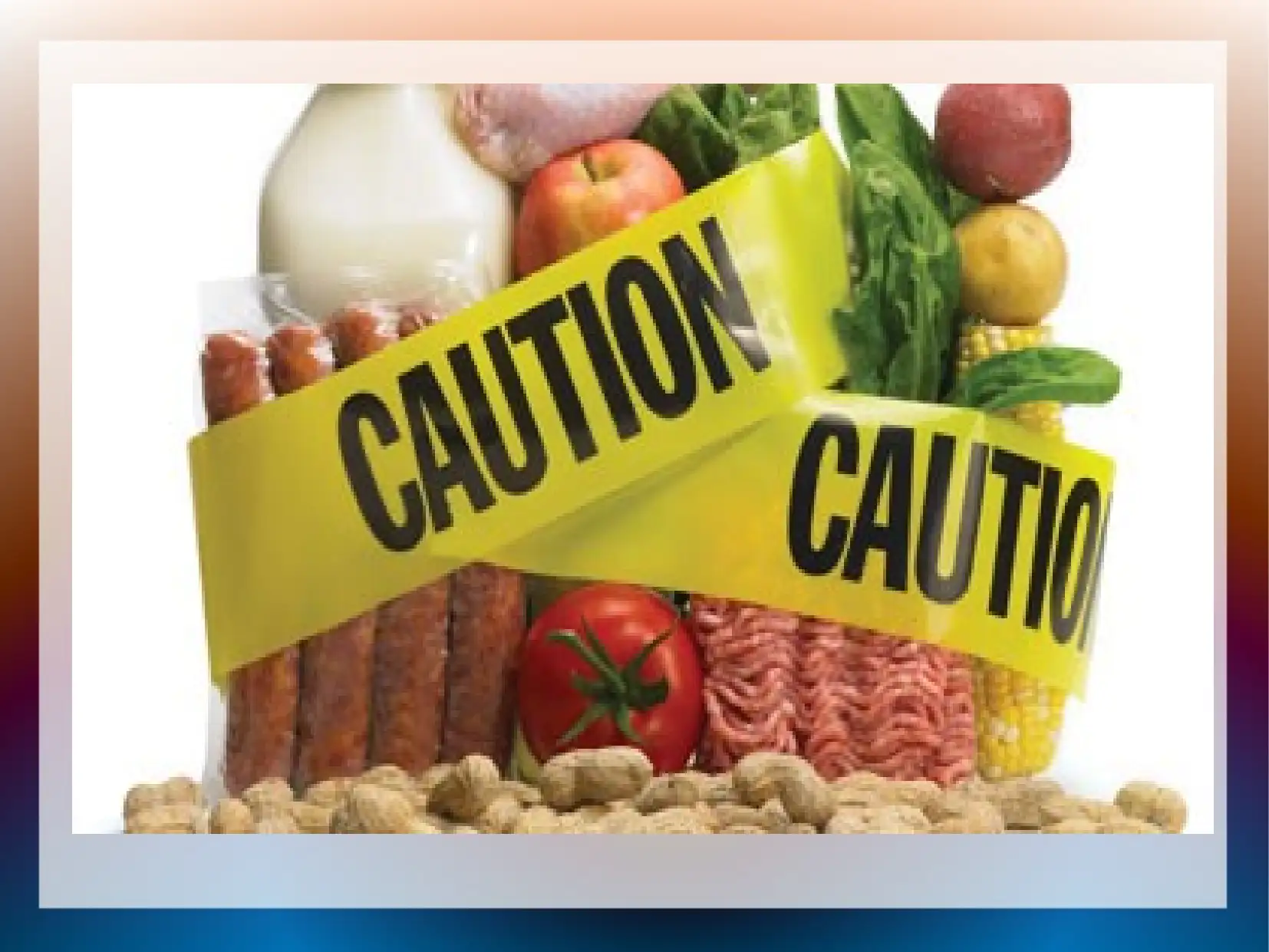

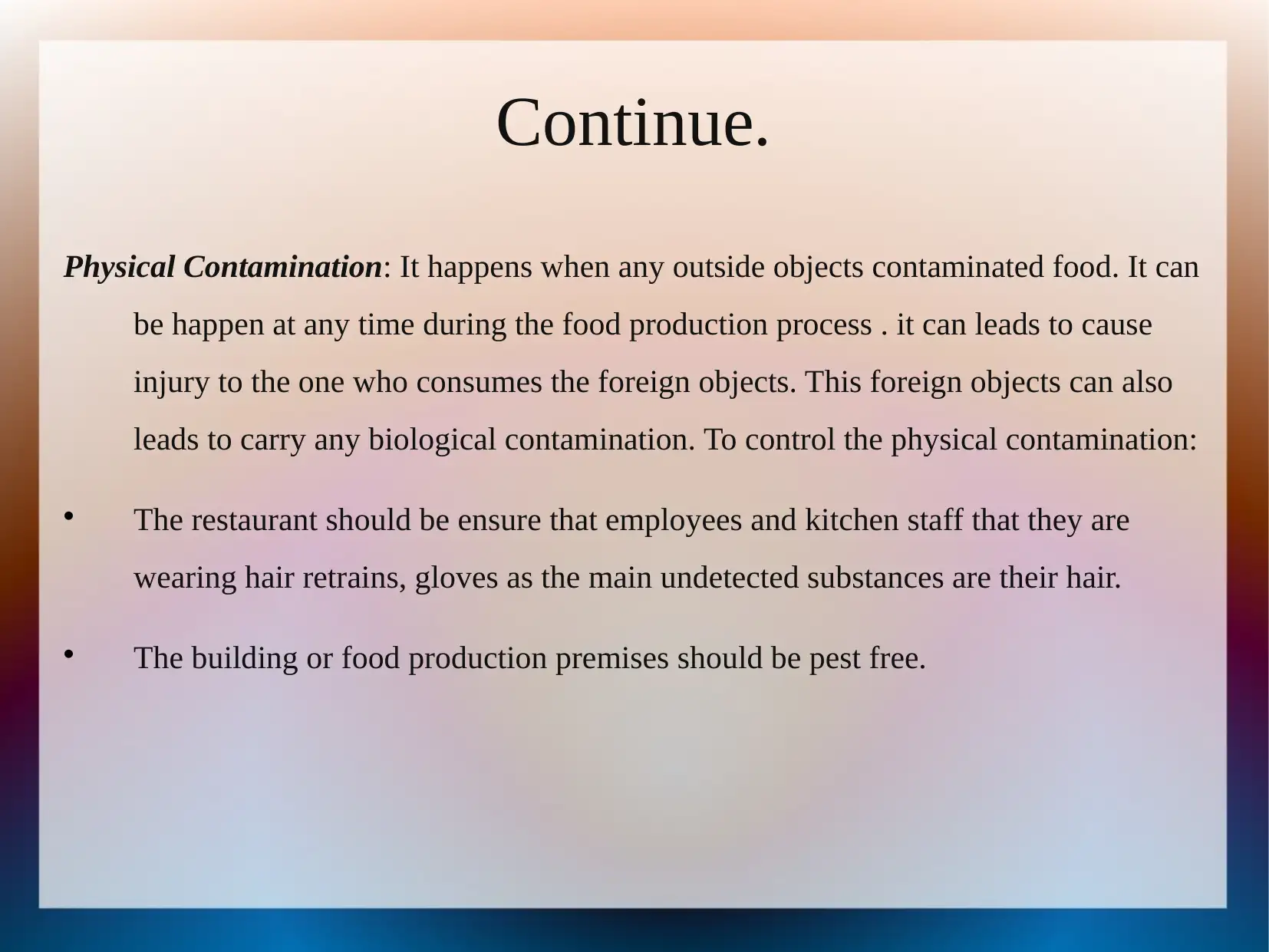
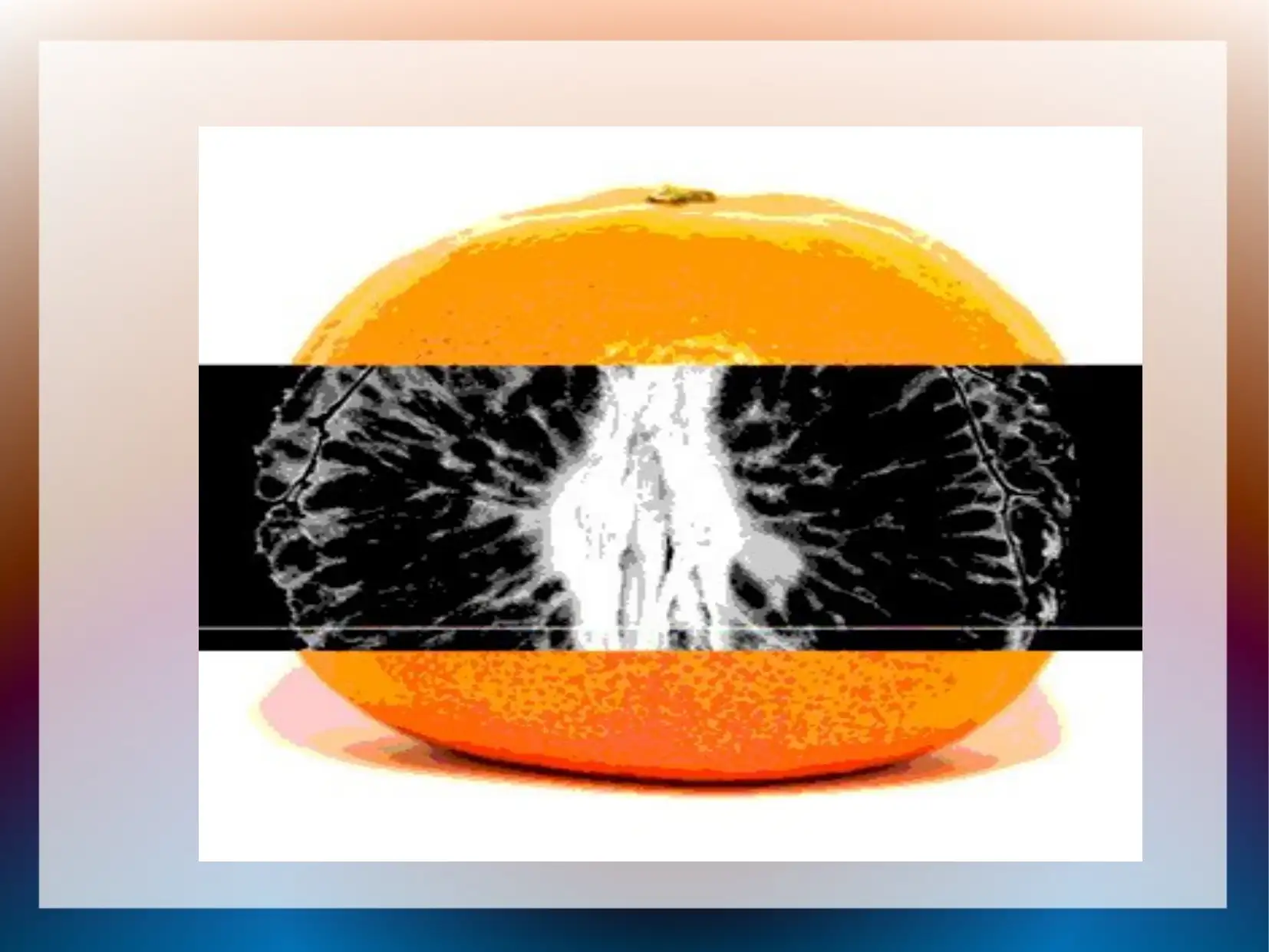
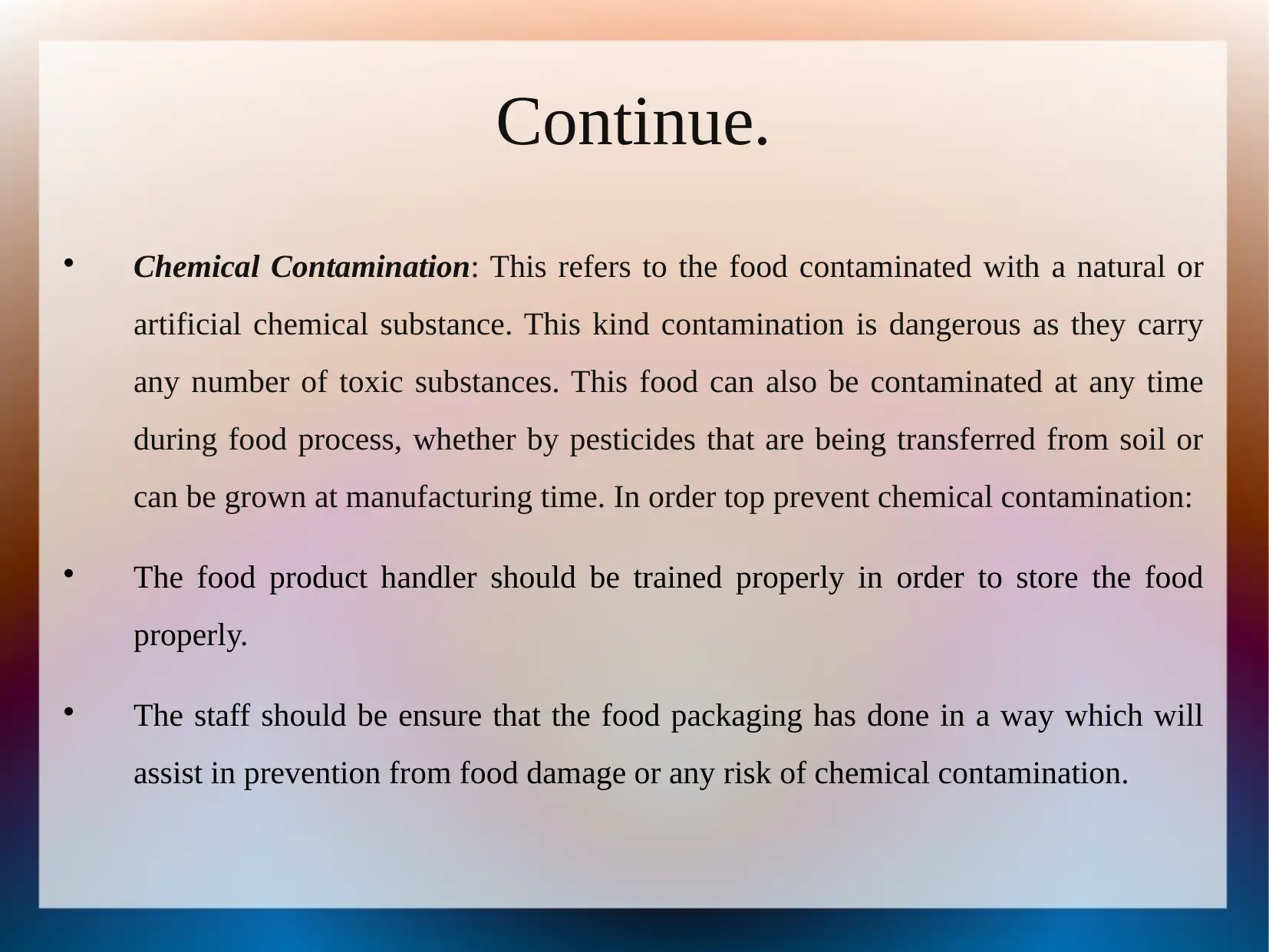
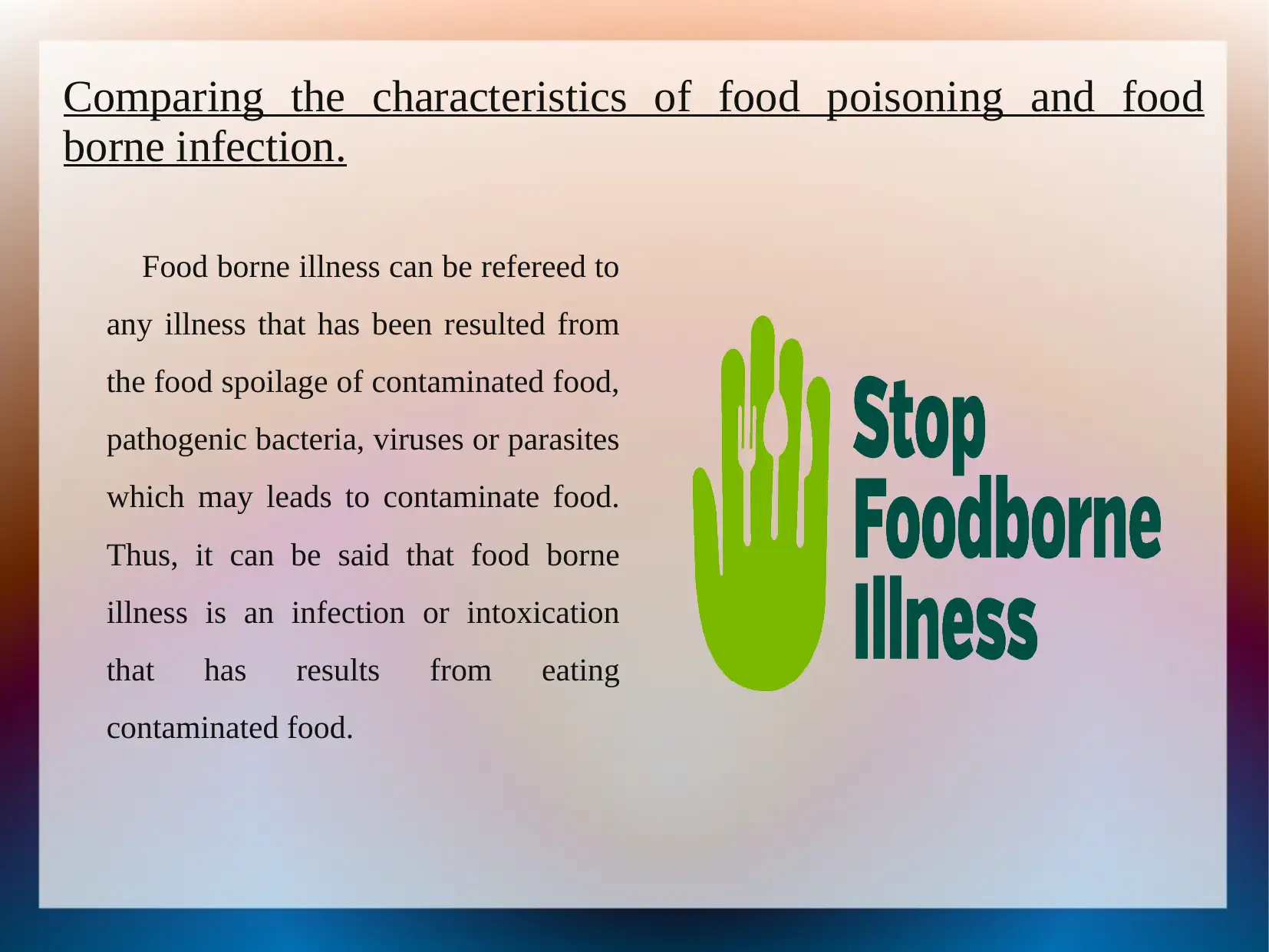
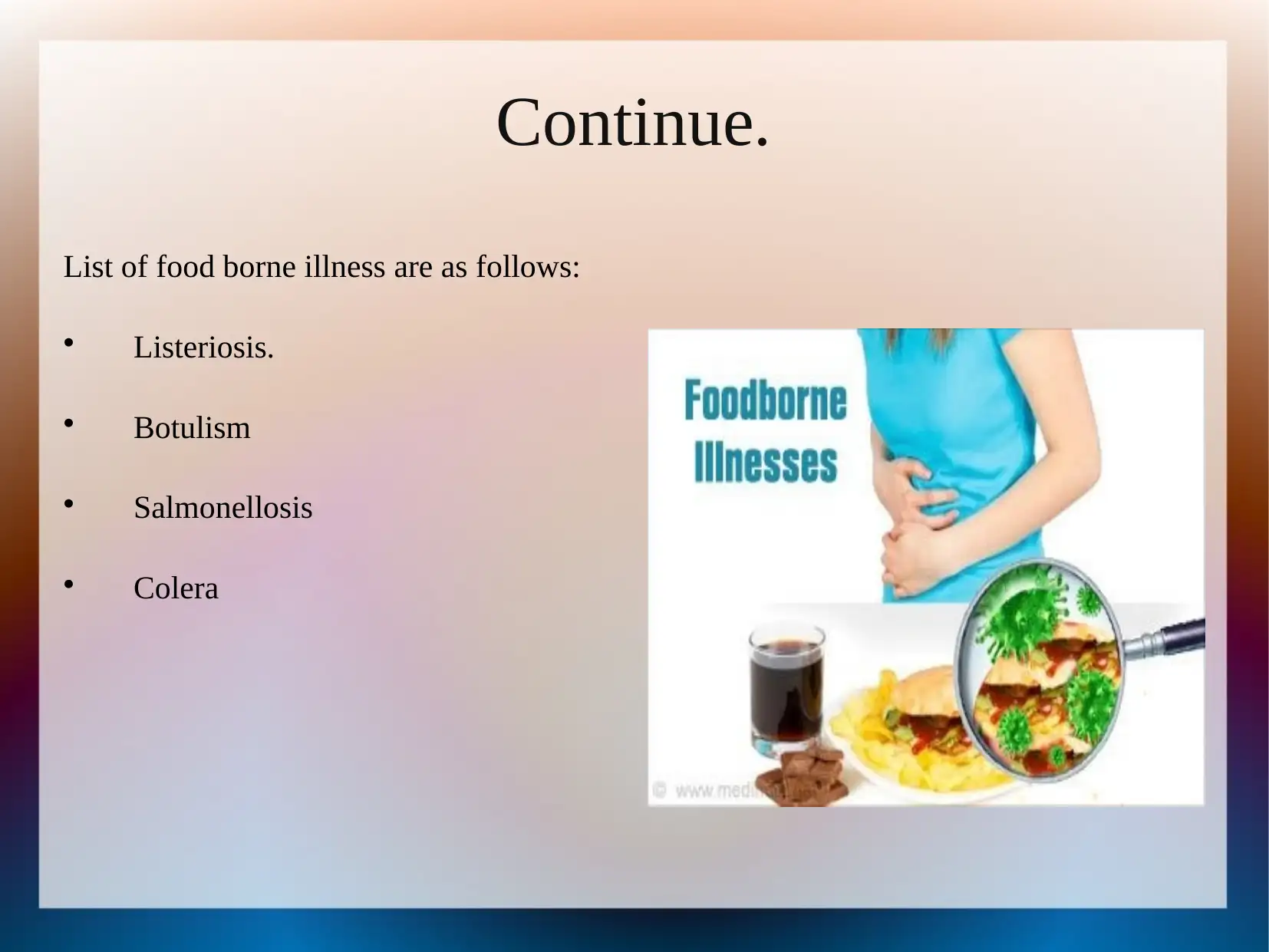
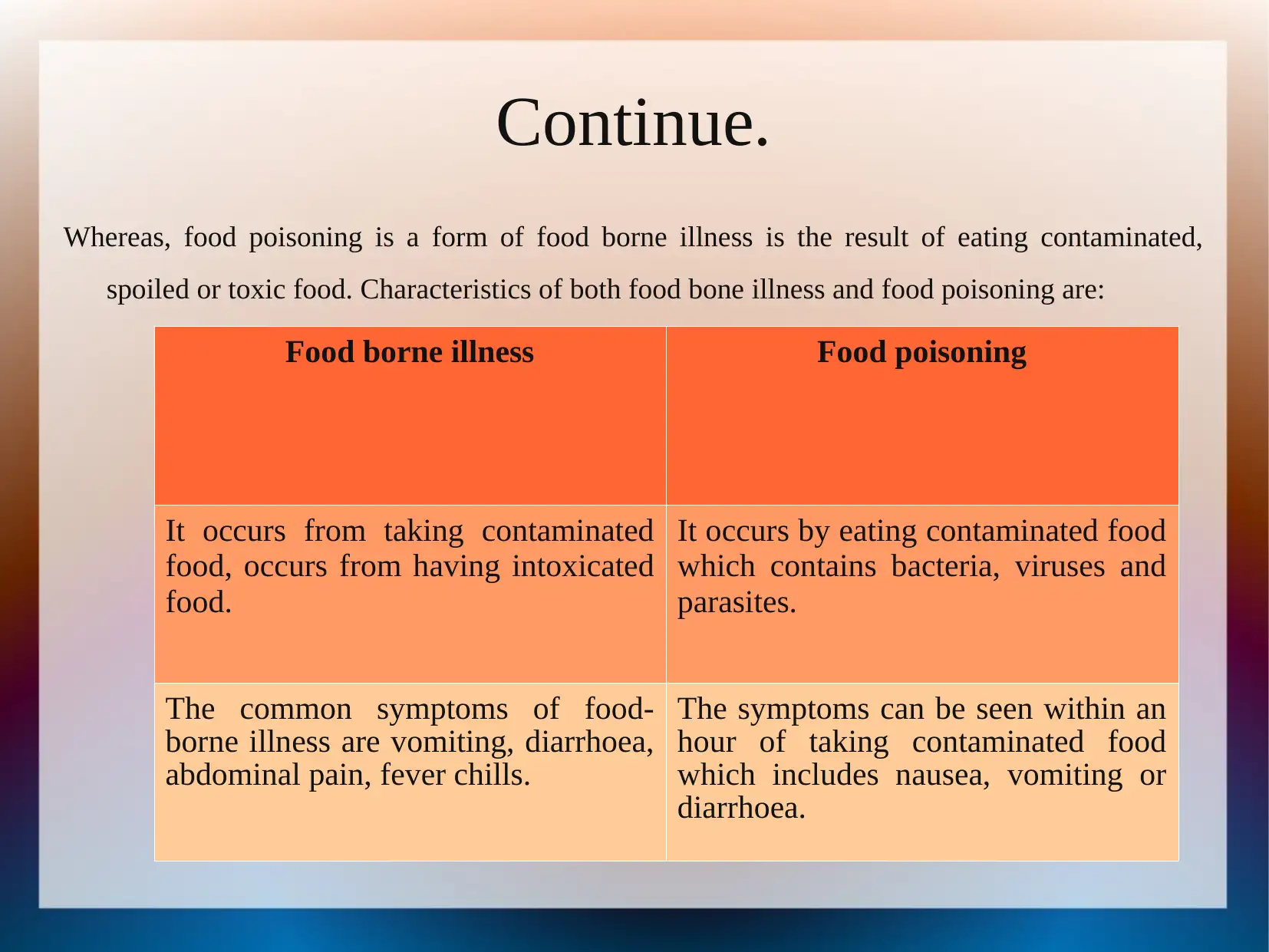
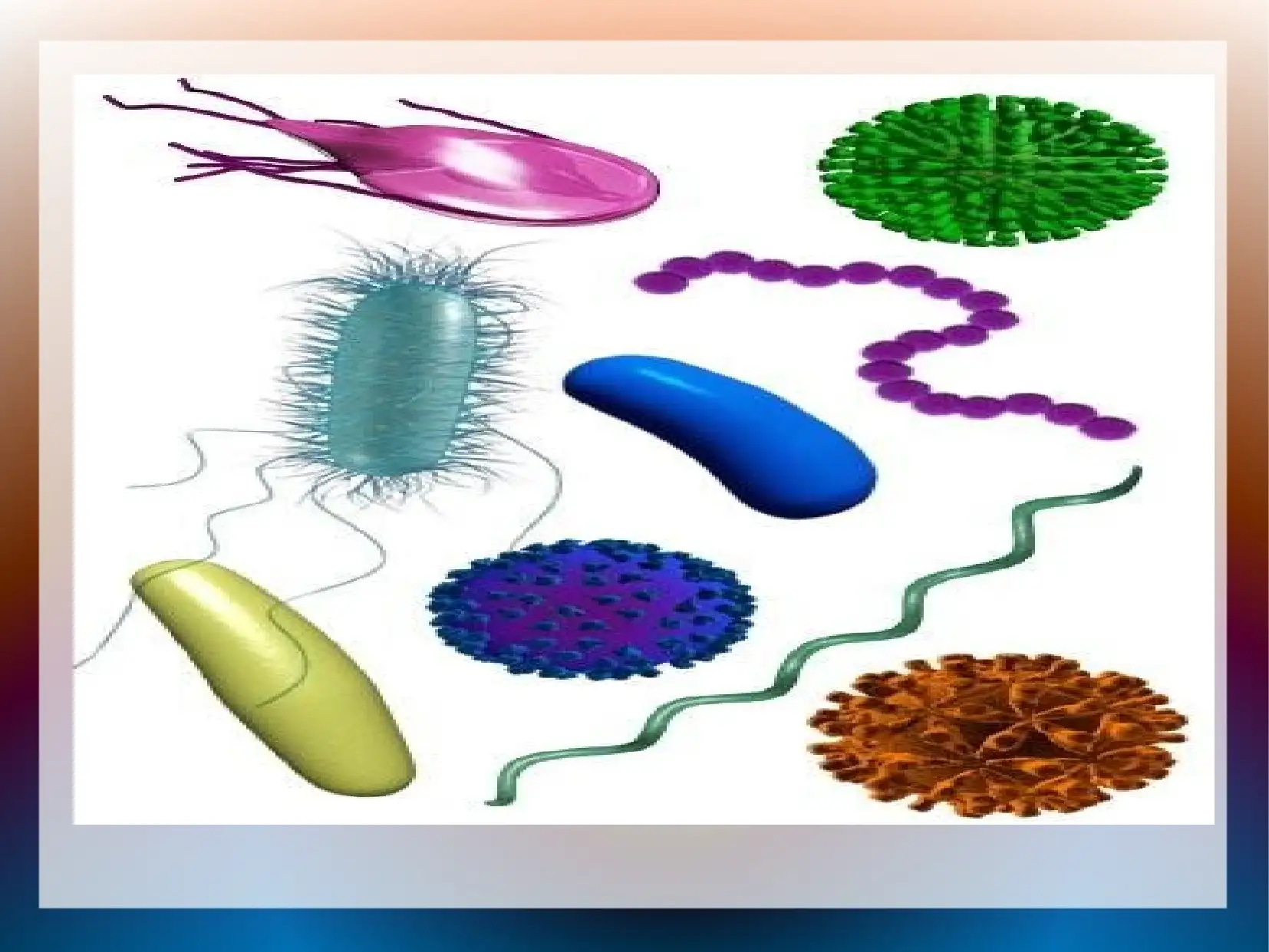
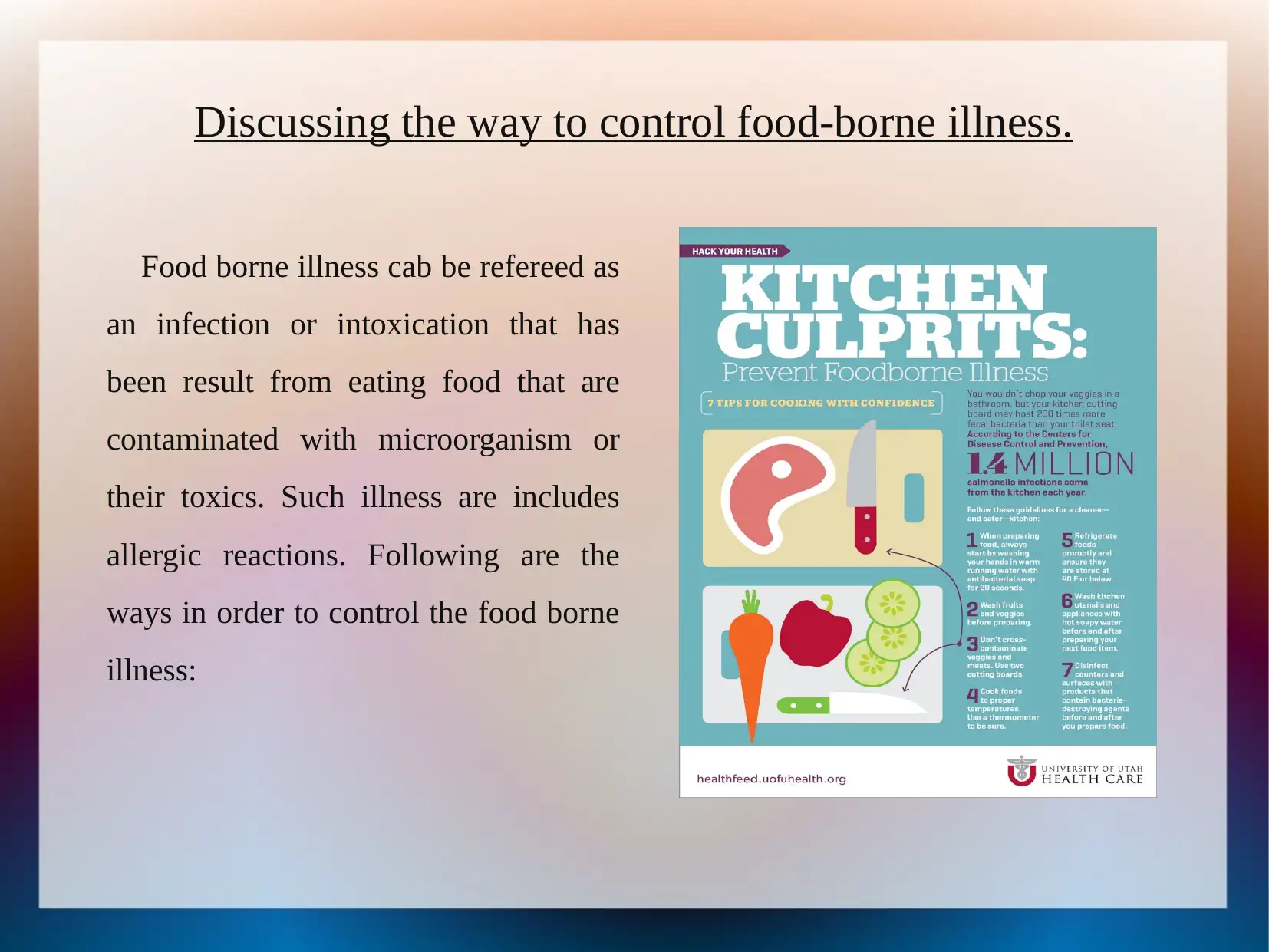
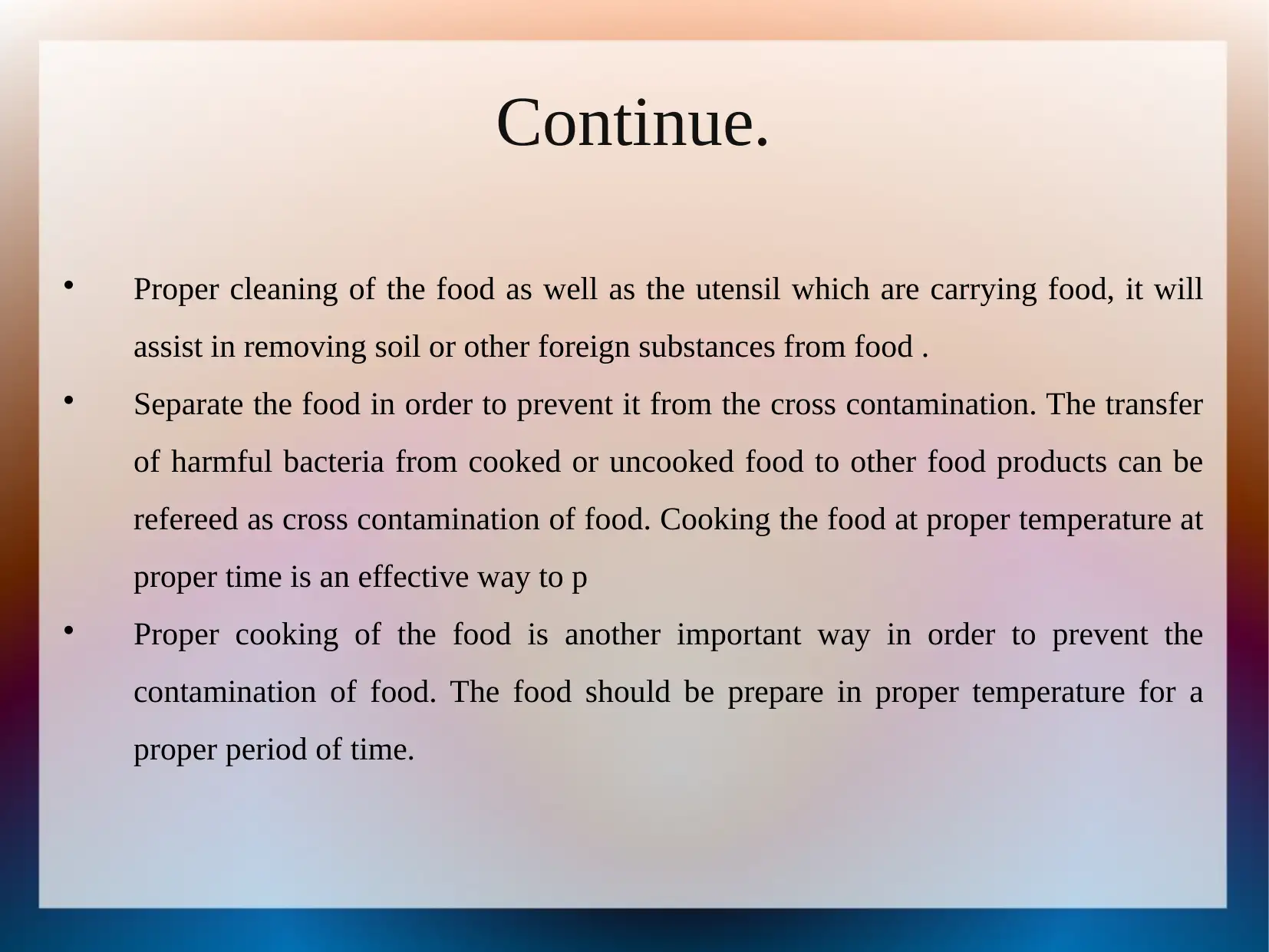






![[object Object]](/_next/static/media/star-bottom.7253800d.svg)